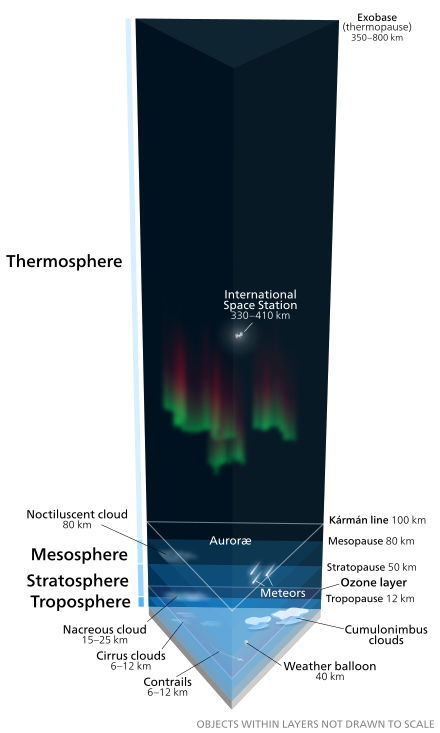The question resolves to YES if on January 1 2050 there are at least 1001 persons outside Earth's atmosphere. Each of them should have either spent or be intended to spend more than one year in space.
Here, the terms 'in space' and 'outside Earth's atmosphere' refer to locations beyond a sphere with a radius of 6471 km from Earth's center. Therefore, locations like low orbit, the Moon, and Mars qualify as 'YES,' while underground and underwater locations do not meet the criteria.
I think AGI makes astronauts almost redundant for space exploration. We will only send people into space for four reasons: 1) exploration of human psychology in zero gravity 2) entertainment 3) tourism 4) civilizational backup in case of a mass extinction event. None of this speaks in favor of 1000 people spending more than a year in space before 2050.
@Entropy Great question but no. For YES there must be more than 1000 normal size human beings (including children).
@Tomoffer Was thinking in-orbit, but that depends on where you draw the line of atmosphere.

@cloudprism I'd be excited to see that happen, but it would be expensive and I'm not sure why we'd do it? If we had a space elevator then sure but that's got to be more than 30y out?
@Tomoffer I see a nascently burgeoning space industry; seems likely there would be people out there, at least until remote/automated mechanical agents start taking care of stuff.
@Tomoffer I'm justifying my position mainly with SpaceX making spaceflight affordable. The Falcon rockets already decrased the cost of $/kg to orbit by an order of magnitude or so and SpaceX wants to drop it even further with Spaceship. When the ISS was built, hauling a kg to LEO cost anything between $50k and $30k. With Starship that number will decrease to $500 to $300.
That will open up space not only for less wealthy nations but also companies and even wealthy individuals, especially once market competition will make the prices even cheaper.
I argue that this cost-decrease will lead to a boom in human spaceflight and a proliferation of commercial, scientific and touristic space stations which could well add up to 1k+ people living beyond earths atmosphere by 2050.
For comparison: a single Starship will have a volume of 1000m³, roughly the same as the ISS. While it cost $100b to build the ISS, a single Starship + Super Heavy will probably cost not more than $1b (most educated guesses put it somewhere between $150m and $300m). So from a cost perspective, one ISS will buy you something between 100 and 650 Starships, accomodating between 500 and 4500 people - bad calculation but you get the gist.
Even if we don't really have a reason yet to put so many people into space, I am confident that people will think up worthwhile space-based endeavours in time - even if its just hotels or military bases.
@Symmetry @cloudprism thank you both for your replies. I love the vision and agree that spacex could make this massively more viable.
Personally I think the timescale is too short, the population too high and the motive too tenuous (though I confess I hadn't considered military). Maybe I'm too pessimistic about our future. I'd consider 1k people on Mars via spacex by 2100 to be possible, optimistically, to give an alternative.
In any case, frankly, I hope you're both right, because that's a far more interesting future than the one in which I win some imaginary internet money! Thanks again 🙏
@Tomoffer No need to thank me. Let's say it like this; part of the reason I'm so aggressive in my wager is that I gamble on the probability going up once Starship has it's first successful testflight so I can cash out. I don't think it's impossible though. Space is accelerating, like so many fields.
@Symmetry While I'd appreciate a cislunar weekend once upon a time, I don't think I'd be up for retirement there.
With anything less than close to autonomous permanent space habs there's nothing to do in person. Whatever you think a human can do, a human teleoperator can do better.
@ICRainbow There are two orbital laboratories staffed by humans and none staffed by robots. I am also fairly certain that NASA would have preferred to send humans to Mars instead of their autonomous labs if it would have been feasible.
That being said, I personally would also prefer to stay on earth. But finding one thousand people out of 8 billion willing to spend a year or longer off planet doesn't seem wildly impossible to me.
@Odoacre Underwater or underground does not count as "outside Earth's atmosphere" for the purpose of this question.